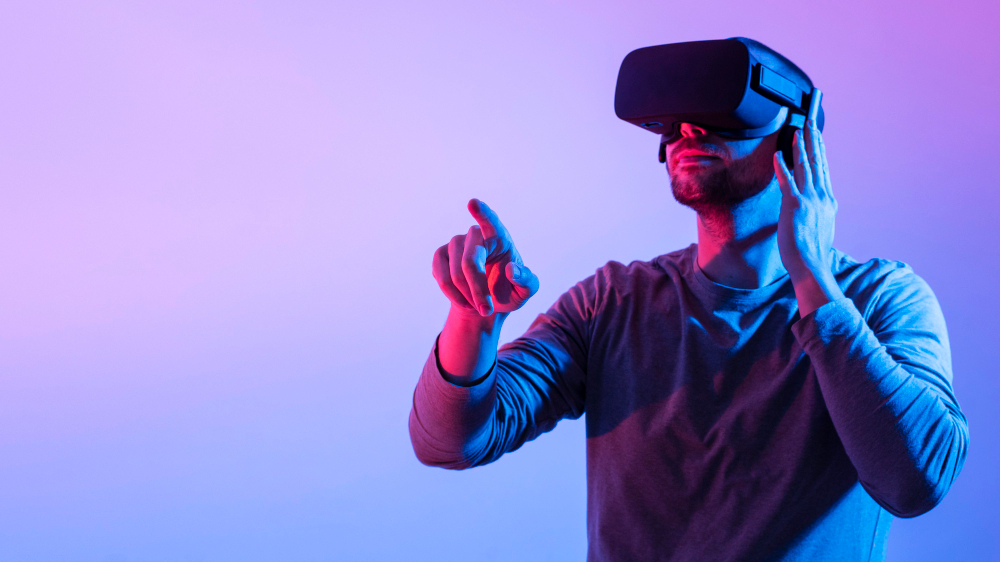Technology has changed the way we interact with the world around us. From immersive gaming to real-world simulations, terms like Virtual Reality (VR), Augmented Reality (AR), and Mixed Reality (MR) are becoming more common. While they may sound similar, each technology offers a unique experience and serves different purposes. Let’s break down the differences in simple words.
What is Virtual Reality (VR)?
Virtual Reality creates a completely digital environment where users are cut off from the real world. When you wear a VR headset, everything you see is generated by a computer.
- Example: Playing a VR game where you step into a fantasy world, fight monsters, or explore outer space.
- Use Cases: Gaming, training simulations (like pilots or surgeons), education, and entertainment.
The key point is that VR replaces reality with a digital one.
What is Augmented Reality (AR)?
Augmented Reality overlays digital elements on top of the real world. Unlike VR, you can still see your surroundings, but extra information or images are added.
- Example: Snapchat filters, or using AR apps to see how furniture looks in your living room before buying.
- Use Cases: Retail, navigation, advertising, and everyday apps.
AR enhances reality instead of replacing it.
What is Mixed Reality (MR)?
Mixed Reality blends the best of VR and AR. It allows digital objects to interact with the real world in real time. Unlike AR, these virtual objects don’t just float on the screen—they can respond to the environment.
- Example: Wearing a Microsoft HoloLens and placing a digital 3D model of a car in your garage, walking around it, and interacting with it as if it were real.
- Use Cases: Engineering, design, healthcare, remote work, and advanced training.
MR creates a more interactive and natural fusion of real and virtual experiences.
Key Differences at a Glance
| Feature | VR (Virtual Reality) | AR (Augmented Reality) | MR (Mixed Reality) |
|---|---|---|---|
| Environment | Fully virtual | Real world + digital overlay | Real + virtual with interaction |
| Headset Needed? | Yes | Not always (phone apps work) | Yes (advanced headsets) |
| Immersion Level | Complete | Partial | High + interactive |
| Examples | Oculus Quest games | Pokémon Go, Snapchat filters | Microsoft HoloLens, Magic Leap |
Which One Is the Future?
Each technology is evolving fast, but their uses differ:
- VR will continue dominating gaming and simulations.
- AR is growing in shopping, learning, and mobile apps.
- MR will likely lead in professional industries like healthcare, architecture, and engineering.
Together, they will shape the future of how humans work, play, and communicate.
Final Thoughts
Understanding VR, AR, and MR helps you see where technology is heading. Whether you’re trying a VR headset, playing with AR apps, or exploring MR solutions for work, each has its unique value. For more tech insights and detailed comparisons, you can always explore platforms like Know How Blogs that make complex topics simple.

